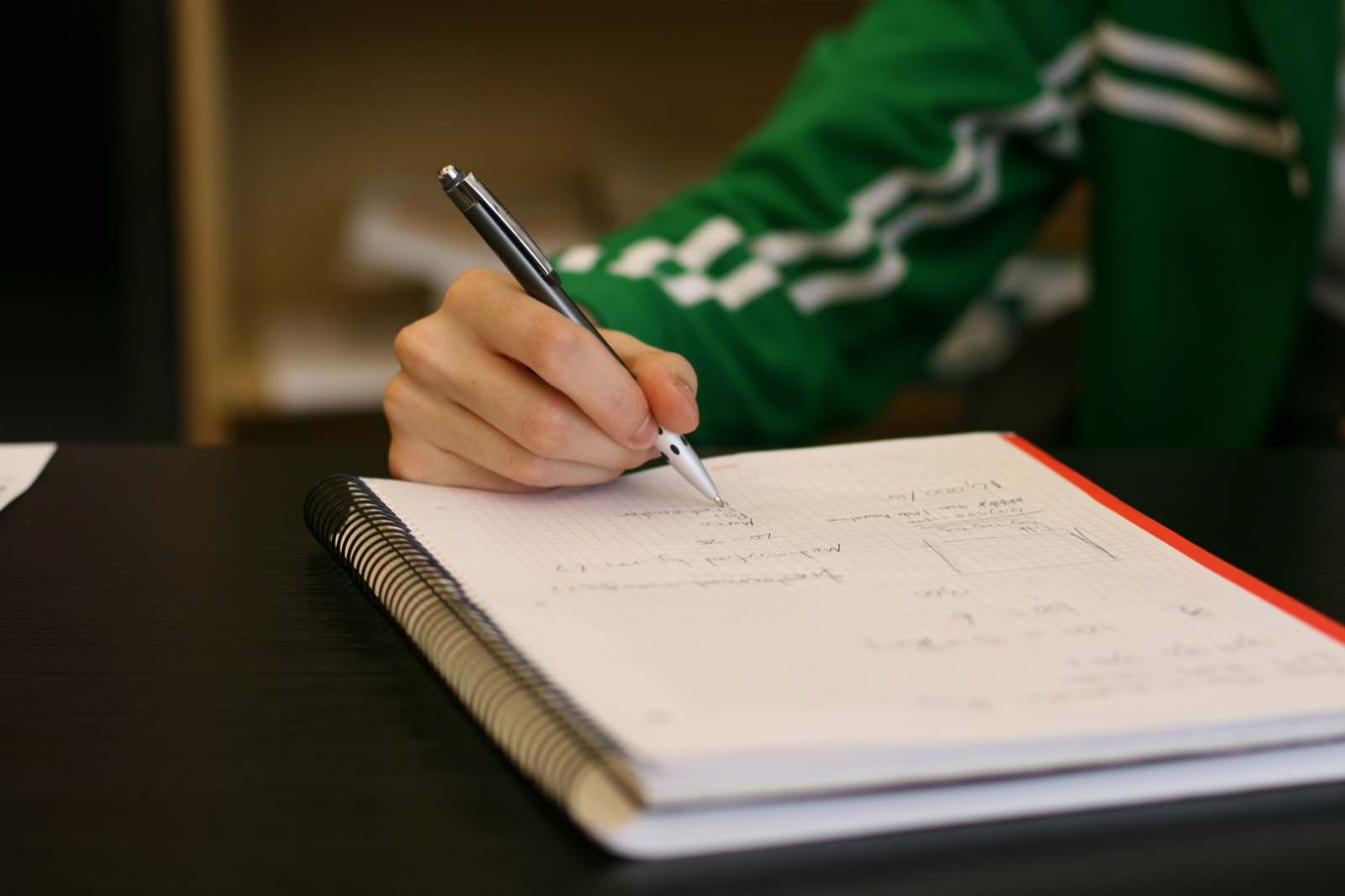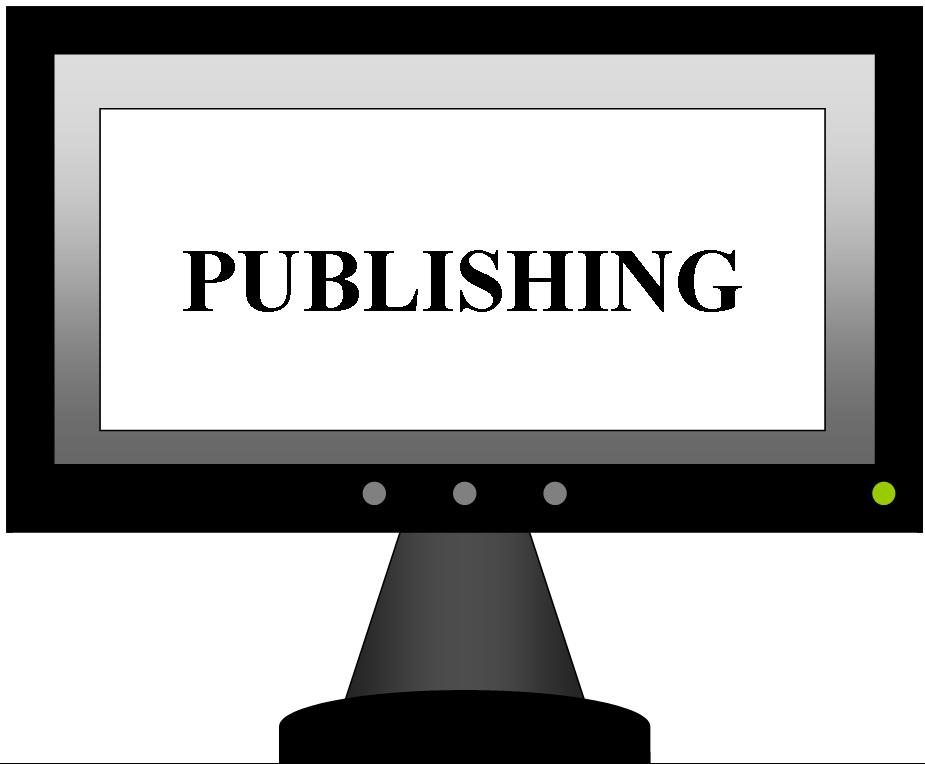
 Writing Resources
Writing Resources
A Writing Process Fit for Young Writers requires multiple writing strategies:
 The writer begins by prewriting/brainstorming:
The writer begins by prewriting/brainstorming:
freewriting, conversing with others, listening to read alouds, webbing ideas to connect or categorize information, or engaging in other activities that inspire ideas for composing a text.
 The writer drafts:
The writer drafts:
composing a first attempt of the writing, allowing ideas to flow forth without stopping or making large changes to the text. The goal is writing whatever comes to mind. Drafting ideas may evolve through a few brainstorming sessions and several written copies.
 The writer revises reviews, re-visions:
The writer revises reviews, re-visions:
to create clarity, increase interest, and support smooth flow of ideas. Authors cannot work alone in this pursuit. Through questions and suggestions, a teacher or other writers become involved in the process of making writing interesting to readers. Feedback from readers and listeners is guides changes that produce a final draft with improved communication between the writer and the audience.
 The writer edits:
The writer edits:
after a draft is revised to clarify the meaning of the text. Editing is necessary now to check the structure from a reader’s viewpoint. Standard punctuation and spelling make reading easier, and that is why the conventions exist. To ensure that editing is something young writers learn how to do, someone knowledgeable of the rules of printed text should be the editor-in-chief, providing the expertise and support to add conventions without endless labor or confusion on the part of the writer.
 The writer publishes:
The writer publishes:
a complete, but not necessarily completed, text. Perhaps later the author will return to do more revisions but the writing is ready for an audience. Publishing may involve many different formats, from a read aloud to a performance to a display of the writing in a public place, with the goal of making the writing available for audiences to read and to hear.
Writing as a Process from Dartmouth College
When Do Children Learn to Write? Earlier Than You Might Think The Conversation (February 18, 2016)
The Book of Mistakes. Corinna Luyken. Dial Books, 2017
- Mistakes turn into amazing results in this book about the creative process
NCTE Beliefs about the Teaching of Writing
Writing in the 21st Century from National Council of Teachers of English
Teaching Composition: A Position Statement from National Council of Teachers of English

.png) Link to Young Children's Writing Samples on Google Drive
Link to Young Children's Writing Samples on Google Drive
A writing process utilizes multiple strategies.
The writer begins prewriting/brainstorming: freewriting, conversing with others, listening to read alouds, webbing ideas to connect or categorize information, or engaging in other activities that inspire ideas for composing a text.
The writer drafts:composing a first attempt of the writing, allowing ideas to flow forth without stopping or making large changes to the text. The goal is writing whatever comes to mind. Drafting ideas may evolve through a few brainstorming sessions and several written copies.
The writer revises reviews, re-visions:
to create clarity, increase interest, and support smooth flow of ideas. Authors cannot work alone in this pursuit. Through questions and suggestions, a teacher or other writers become involved in the process of making writing interesting to readers. Feedback from readers and listeners is guides changes that produce a final draft with improved communication between the writer and the audience.
The writer edits:
after a draft is revised to clarify the meaning of the text. Editing is necessary now to check the structure from a reader’s viewpoint. Standard punctuation and spelling make reading easier, and that is why the conventions exist. To ensure that editing is something young writers learn how to do, someone knowledgeable of the rules of printed text should be the editor-in-chief, providing the expertise and support to add conventions without endless labor or confusion on the part of the writer.
The writer publishes:
a complete, but not necessarily completed, text. Perhaps later the author will return to do more revisions but the writing is ready for an audience. Publishing may involve many different formats, from a read aloud to a performance to a display of the writing in a public place, with the goal of making the writing available for audiences to read and to hear.
The essence of the process is the flow of ideas that dynamically connects each element to the others. If any of the ingredients of the writing process are missing or are shortchanged, then the writer and the writing suffer.
Comments (0)
You don't have permission to comment on this page.